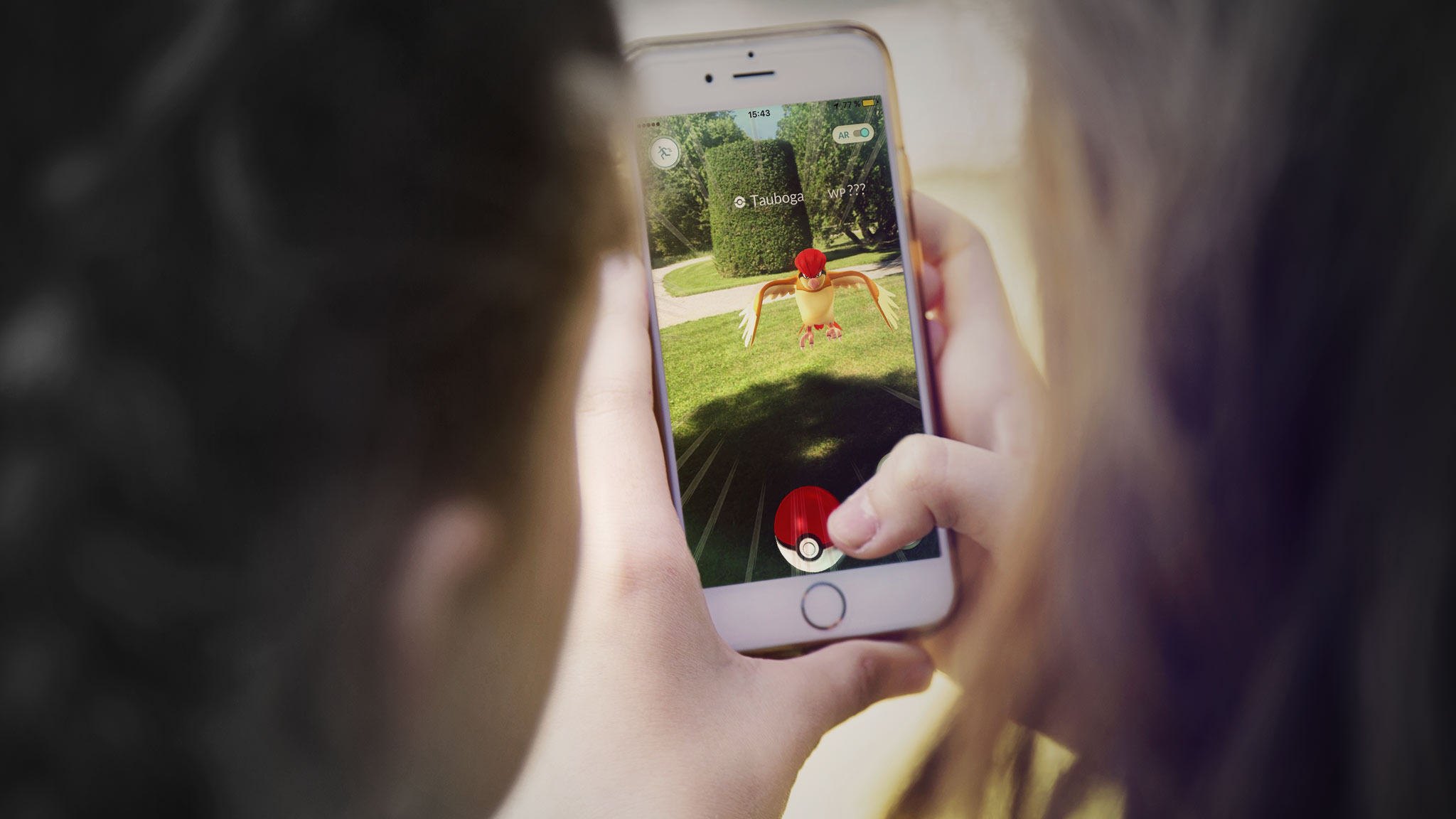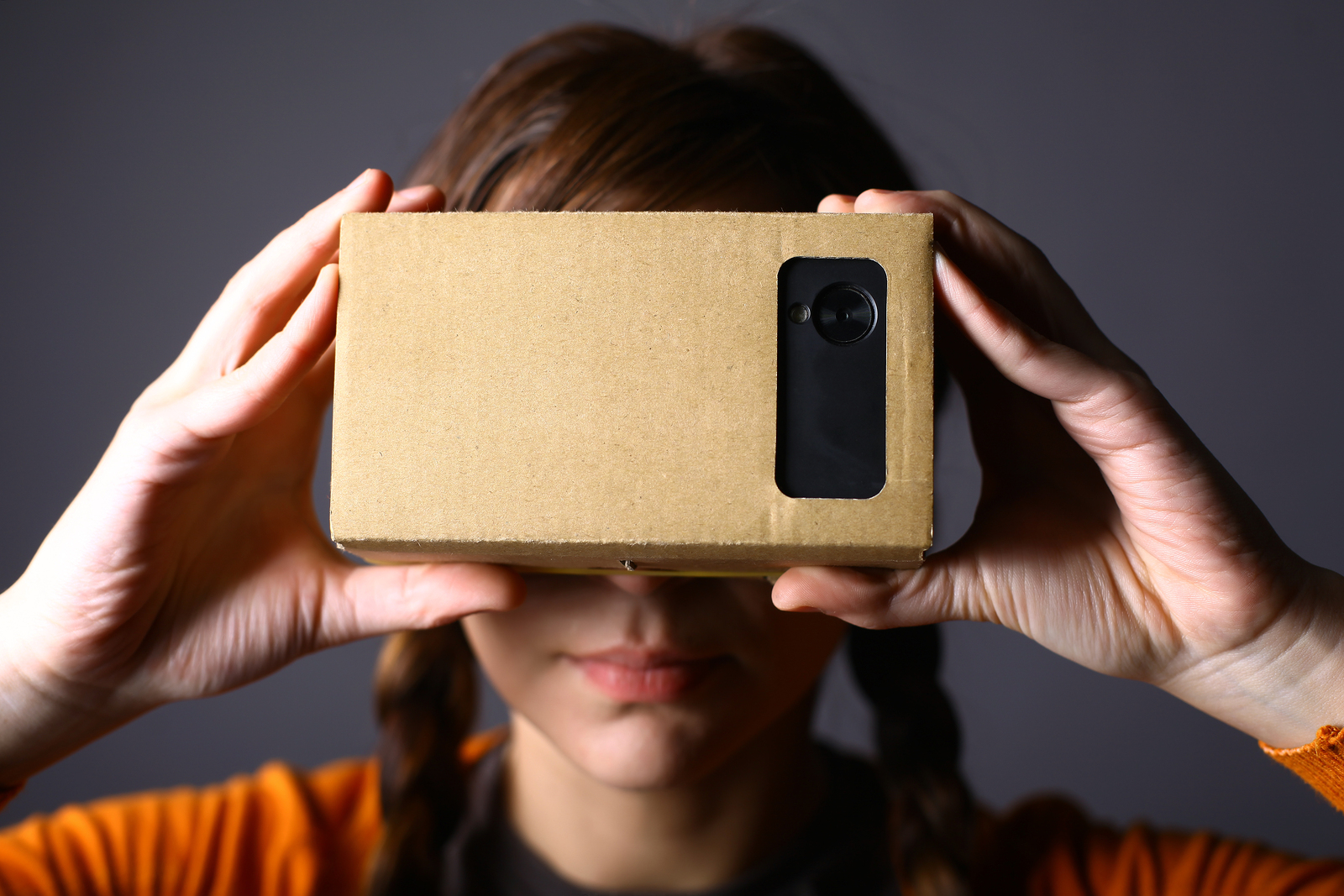As the masses become engrossed in the virtual and augmented worlds, consumers are increasingly finding that these new realities are as limited as they are expansive. Too often as marketers and developers we’re restricting our thinking to AR and VR, even defining them in their own lanes, keeping them siloed, instead of allowing them to build on each other to create a new kind of holistic experience.
If we want to truly infuse these technologies into the mainstream, we have to find a way to build past the limitations of AR and VR to create a multi-dimensional, Mixed Reality (MR). Here’s how we can get there.
Combine Technology With Context
Too often when we work closely with a new technology, we get so entrenched with that specific advancement that we often end up with our head in the sand, forgetting the context around the experiences we want to develop and what technology will best deliver it. There is nothing inherently wrong with AR or VR, individually each platform offers real potential, but by focusing so closely on either, we start to exist in a technology vacuum, ignoring the crucial part of the puzzle where we look to how that technology fits within our world and the experience we want to deliver. MR offers many advantages in creating innovative new experiences, but is too often overlooked.
What Is MR?
Think of it this way, AR essentially takes standard reality and augments it with overlaid images which historically have been more interruptive than immersive (think Google Glass) and VR is a closed and beautifully immersive experience but these experiences are often limited in application because the take the user out of their actual environment. MR is both an overlay of images on your actual environment wherever you are, but delivers the capability to create fully immersive experiences with interaction capability that is natural, intuitive, and precise. Think of the MR developed version of Minecraft where the players build their worlds in the actual room they are standing in instead of a virtual screen.
Merge The Development Process
We hear time and time again that collaboration is a key driver of success and creativity, so it’s curious that too often companies have not adopted a collaborative process for how experiences are built and where new technology can significantly impact the quality or functionality of those experiences. Developers and creative organizations need to drop the assembly line thinking for how products and services go from ideation to development to distribution and into consumers lives.
Starting with an unbridled obsession for the user and the experience they need in the world and then what technology can deliver is the right place to start, unfortunately too often the IT team, marketing team (and everything in between) rarely confide in each other, resulting in a final product that isn’t made with a consumer in mind. When it comes to use of VR, AR, and MR, we need to bring our teams together to ensure that we are thinking about the consumer from the beginning of the development process. With this cross collaboration, we can bring an open mindedness to how we use the best of or even a combination of these technologies (and perhaps many others) to imagine and create meaningful experiences that consumers can’t live without.
Assign Dedicated Teams
To truly make a good product or experience that will bring something new to the table, you can’t skimp. You have to make the commitment to have as part of your team, specialists on the new technologies. Even if you are keeping an open mind about how you are collaborating and staying aware of the contexts you are working within, there’s still no replacement for real experts in the technology and the innovation that can result from the learnings of trial and error inside your teams, not outsourced.
Set aside a team that is passionate about how these technologies can work with one another to develop systems that can be applied in the real world. Rest assured, if you aren’t devoting a team to new technologies, someone else will be and in a space where it’s tough to stay one step ahead of the game, that can mean trouble.


